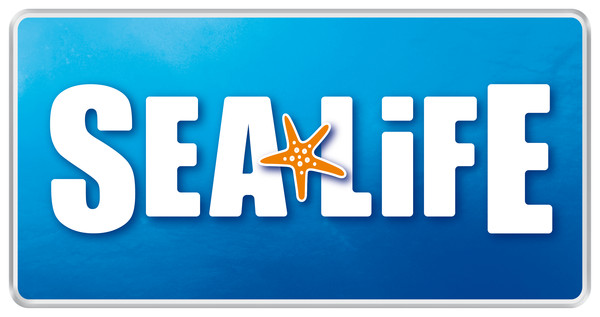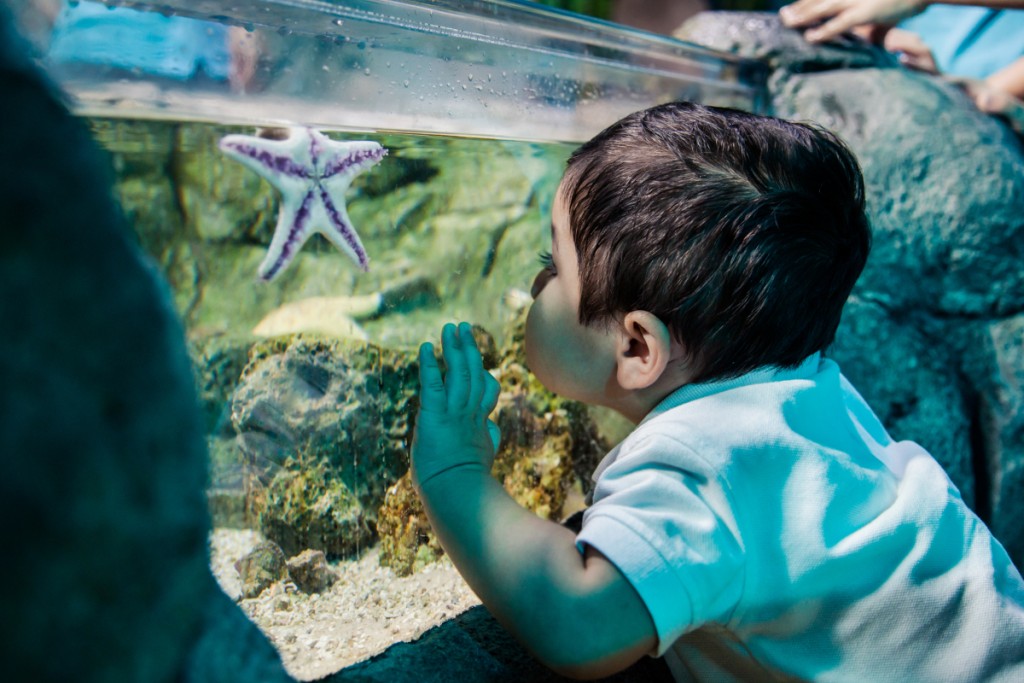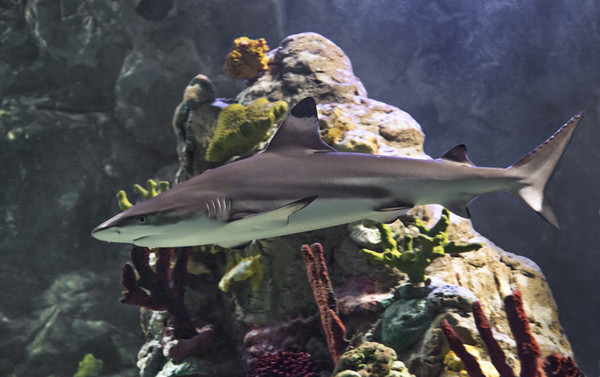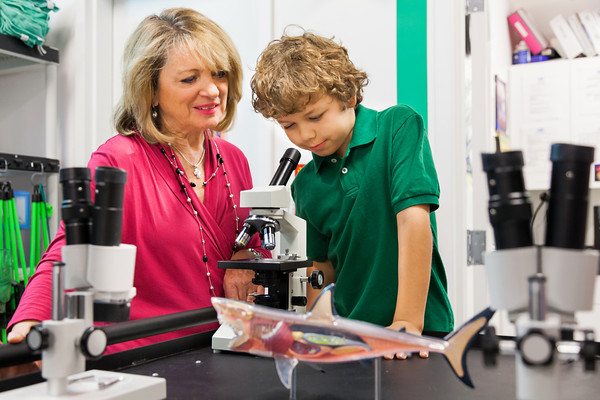There are a handful of places that can’t be turned into outdoor classrooms for your average school trip, and the ocean is on the top of the list. Unless your student travel budget allows for scuba gear and dive training or a submarine, seeing ocean-dwelling wildlife onsite is out of the question.
That’s why we have aquariums. It’s not an accident that aquariums rank as some of the highest-rated attractions around. As air-breathing humans, we’re all pretty limited when it comes to exploring Poseidon’s mythical domain. Aquariums give us the chance to see what we otherwise would miss.
Nowadays, though, zoos and aquariums face a bit of controversy. That’s why it’s important to find a place that’s not just educational, but also active in conservation efforts. SEA LIFE Aquariums give students the chance to learn about both the animals in the deep blue sea and what we all need to do to keep them alive and well.
What Student Travel Coordinators Need to Know About SEA LIFE
SEA LIFE isn’t just one aquarium; its 50 aquariums and six sanctuaries are located throughout the world, from Great Britain and Europe to Australia, New Zealand, Korea and Thailand. In the U.S., you’ll find SEA LIFE locations in California, Arizona, Texas, Minnesota, Michigan, Florida, North Carolina and Missouri.
Each SEA LIFE location has its own underwater denizens; popular ocean-going creatures might include penguins, sea rays, jellyfish, turtles, sharks and seahorses. Most sites offer self-guided tours and workshops to student groups.
What Learning Opportunities Are Offered for Student Groups Visiting SEA LIFE?
There is, however, one drawback about many aquarium visits – they’re anything but interactive. Kids. Glass wall. Creature swimming around. That’s the formula. Rarely does it – or can it – lead to much actual interaction.
At SEA LIFE, though, students are given a chance to interact a bit more than that. For example, its multimedia and interactive programs include:
- Fun, informational themed events like Shark Week and Turtle Fest
- Behind the Scenes Tours with expert guides and animal caregivers
- Aquarium talks and feeds, conducted by staff members, that reveal interesting facts about the facility’s marine and freshwater inhabitants
- Watching aquarium inmates swim overhead in an “ocean tunnel”
- Getting up close and personal with some tidal creatures in the Touchpool Experience
- Following an interactive quiz “Dive Trail”
- Exploring the “Lost City of Atlantis,” a display featuring sharks and other marine life
Again, each location will have its own twist on these activities, so be sure to contact your preferred venue to see what it offers.
What Can Students Learn About Conservation at SEA LIFE?
SEA LIFE’s conservation efforts are summed up in the slogan of Breed, Rescue, Protect. It’s a system of care and best practices that have come from decades of experience in collaborating with marine biologists. How does this work in practical terms?
- SEA LIFE breeds sharks, rays, penguins and turtles at select locations.
- Sick and injured creatures are rescued, cared for and – when possible – rehabilitated and released. This has included such critters as seals, turtles and porpoises.
- SEA LIFE campaigns for the protection of marine wildlife, and it is active in national and local projects.
Current Breed, Rescue and Protect initiatives include research into artificially inseminating sharks, rescuing grey nurse sharks that become entangled in fishing gear and conserving the rare finless grey porpoises that live in South Korean seas.
Sea turtles, popular with kids because of their reputation as gentle giants, are also included in SEA LIFE’s rescue efforts. Turtles that are found sick or injured are transported to one of SEA LIFE’s rehabilitation centers – in the U.S., that’s Grapevine, Texas.
Finally, SEA LIFE has joined the fight against fishing with cyanide, an illegal and reef-destroying practice that’s causing major problems in the ocean around eastern Africa. SEA LIFE has begun testing its new wild-acquired fish stocks for the poison, and it’s working with a Portuguese university to develop a quick-response field test for this practice.
SEA LIFE and Their Charity Outreach Program
SEA LIFE is also involved in SEA LIFE Trust, a registered charity that’s committed to the protection of the world’s ocean environments and the animals that call the oceans their home. This allows them to reach large audiences with a message of conservation and sustainability, as well as to support other projects worldwide. It’s another way to help the world’s sharks, penguins, dolphins, whales and other creatures.
At SEA LIFE aquariums, students can learn about the ocean-going creatures they already love. And, perhaps more importantly, they’ll learn what they can do to help these animals and the watery realm they live in.
Have you visited a SEA LIFE aquarium? Tell us about it in the comment section below. Thanks!









